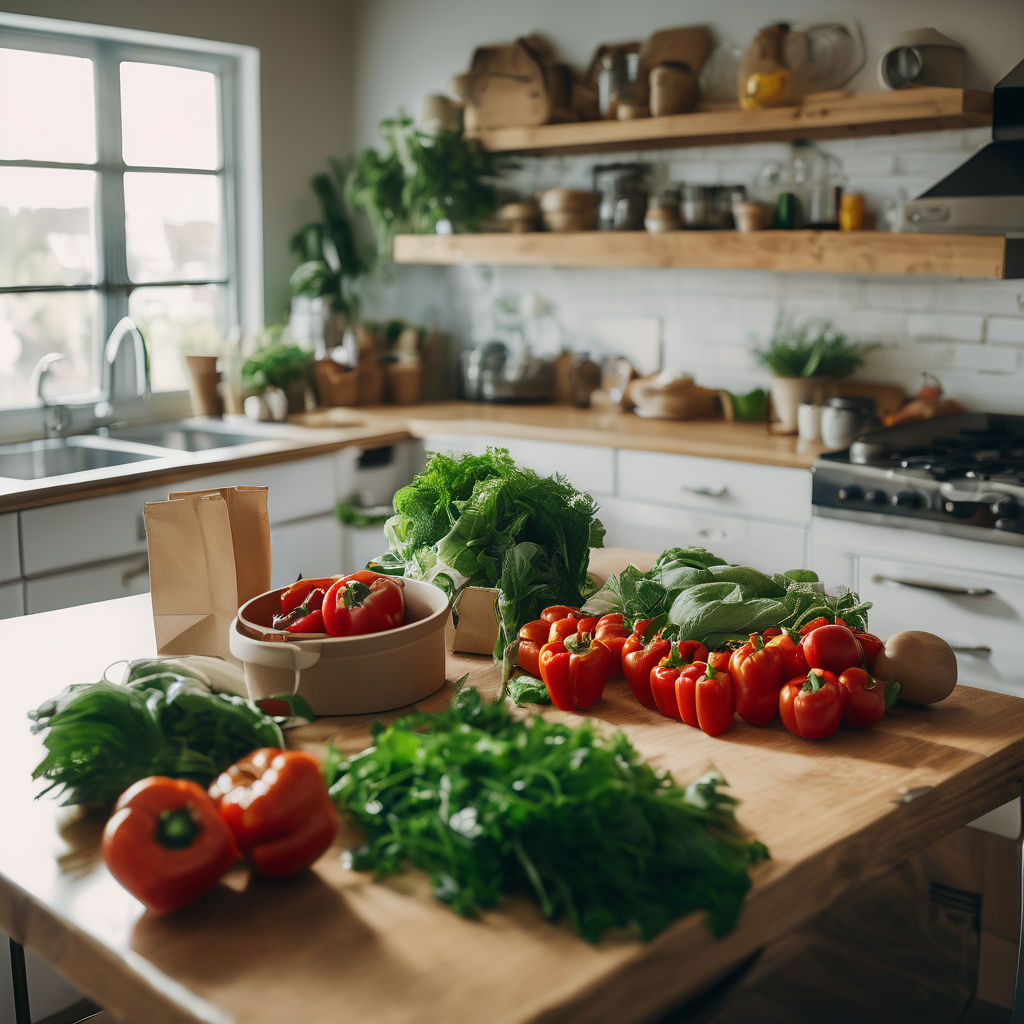
Smart Meal Planning: How AI Takes the Stress Out of Weekly Dinner Decisions
The Daily Dinner Dilemma
It's 5 PM on a Tuesday, and you're standing in your kitchen asking yourself the same question thousands of home cooks ask every single day: "What's for dinner?" Sound familiar? Whether you're juggling work schedules, managing dietary preferences across your household, or trying to use up ingredients before they spoil, meal planning can feel overwhelming.
The truth is, most of us would love to eat better and waste less food, but the mental load of planning, shopping, and cooking can drain even the most motivated home chef. That's where technology steps in to simplify the process.
How AI Meal Planning Works
An AI meal planner analyzes your preferences, dietary needs, and available ingredients to suggest recipes that actually work for your lifestyle. Instead of scrolling through endless recipe websites or watching videos for inspiration, the AI learns what you like and what you have on hand.
Here's what makes this approach different: the system considers your pantry contents, upcoming schedule, and cooking skill level. If you mentioned you have chicken thighs and bell peppers left over, the AI will suggest recipes using those ingredients before they go bad. If Thursday is busy with after-school activities, it recommends quick 20-minute meals. If someone in your household follows a specific diet, recipes respect those boundaries automatically.
Cutting Food Waste in Half
Food waste happens for one simple reason: we buy ingredients we don't end up using. The average household tosses about 30% of the food they purchase, which translates to both money down the drain and unnecessary environmental impact.
When you plan meals around what you already have, waste drops dramatically. FoodiePrep's pantry management feature lets you track your inventory in real time. As you add ingredients to your pantry, the AI suggests recipes that use them. This creates a natural cycle where your shopping list only includes items you'll actually cook with.
The smart shopping list feature takes this further by suggesting substitutions if an item is unavailable or expensive that week. Instead of abandoning your meal plan, you adapt it intelligently with alternatives that work just as well.
Saving Time (And Your Sanity)
Planning meals manually takes time—researching recipes, checking what you have, writing shopping lists, organizing your calendar around dinner prep. Studies show that people spend an average of 30-60 minutes weekly just deciding what to eat.
An AI meal planner compresses this into minutes. You set your preferences once, confirm you like the suggestions, and your week is planned. Your shopping list generates automatically. You know exactly what you need before stepping into the grocery store, which means fewer impulse purchases and faster checkout times.
For families, this is especially valuable. Parents can see the week's meals at a glance, adjust portions based on who's eating (kids home from school or working late?), and even accommodate different dietary preferences within one cohesive plan.
Making Informed Choices
Many people want to eat healthier but struggle because they don't track nutritional information while cooking. An AI meal planner provides complete nutrition data for every recipe—calories, macronutrients, vitamins, and more.
This transparency helps you align your meals with actual health goals. If you notice you're averaging 2,000 calories daily but want 1,800, the system can adjust portion sizes or suggest lighter recipes. If you want more protein or fewer carbs, the AI filters suggestions accordingly. This removes the guesswork and keeps you accountable without obsessive tracking.
Personalizing Your Approach
What works for someone trying to meal prep for a gym routine differs from someone cooking for young children or managing dietary restrictions. The best AI systems learn your patterns over time.
If you consistently skip recipes with mushrooms, the algorithm stops suggesting them. If you gravitate toward Mediterranean flavors, meals lean in that direction. If Tuesday nights are always takeout nights with the family, the planner accommodates this by only planning for six cooking days. This personalization makes the system feel less like a generic tool and more like your own culinary assistant.
The Bigger Picture
Beyond just convenience, this approach supports sustainable living. Less food waste means less strain on landfills and resources. Focused shopping means less plastic packaging from unnecessary purchases. Knowing your full week's menu means you can batch cook or prep ingredients when you have time, which actually reduces energy use compared to last-minute cooking decisions.
For your wallet, the impact is measurable. Without impulse buys and with less waste, families often report saving 15-25% on grocery costs within the first month of implementing structured meal planning.
Getting Started
If you're intrigued but worried this sounds complicated, the barrier to entry is much lower than you'd expect. Modern meal planning platforms handle most of the heavy lifting. You answer a few questions about your preferences and dietary needs, browse ingredient suggestions, and confirm your weekly plan. That's genuinely it.
Many people find that the first week feels slightly different, but by week three, the system has learned your preferences well enough that you're mainly just confirming suggestions and going about your week without dinner-time stress.
The goal isn't perfection—it's taking one regular source of household stress and letting technology handle it so you can focus on actually enjoying your meals and time with family.